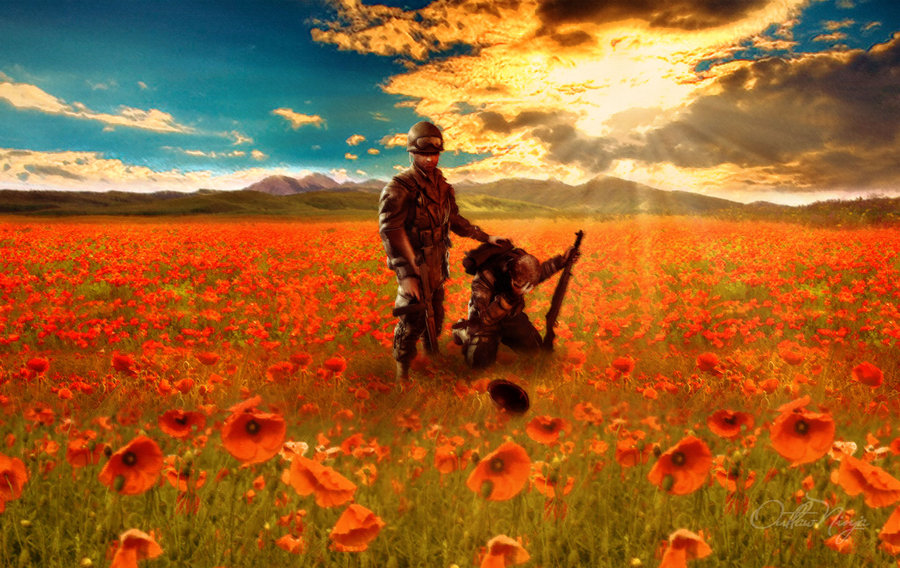

Although Canada fought on the winning side, celebration of victory was replaced by solemn commemoration, and a sense that the country owed a collective national debt to the ordinary soldiers, mostly young men, who had lost Millions of people were killed at sea and on battlefields across Europe, The horror and mass slaughter of the First World War (1914–18) changed Canadian perceptions of war. However, was less a sombre affair of remembrance than a victory celebration and an affirmation of English Canada’s loyal ties to the British Empire. The battle was Canada’s first foreign military victory.įrom 1901 until the outbreak of the First World War in 1914, people gathered in public squares in cities and towns across the country, around newly built South African War memorials, to commemorate their soldiers’ service in South Africa. Paardeberg Dayīefore the First World War, Canadians honoured their overseas war dead on Paardeberg Day - 27 February - the annual anniversary of the Battle of Paardeberg in 1900, during the South African War. Remembering Canadians who died in the Battle of Ridgeway soon expanded to those killed during the North-West Resistance (1885), the For the next 30 years, Decoration Day was one of Canada’s popular military memorial days, commemorated The veterans’ protest became an annual memorial event known as Decoration Day, when graves and monuments of Canadian soldiers were decorated in flowers. Nine Canadians were killed in action and 33 were wounded ( see also Fenian Raids).

The history of the Battle of Ridgeway was muted in Canadian military heritage and history, and the Canadian government had been reluctant to acknowledge the veterans of the battle.Ībout 850 Canadian soldiers clashed with some 750 to 800 Irish-American Fenians at Ridgeway. Of the monument on the 24th anniversary of the battle. Monument at Queen’s Park, in Toronto, by laying flowers at the foot In 1890, veterans of the Battle of Ridgeway (2 June 1866) held a protest at the Canadian Volunteers

Canadians memorialized fallen soldiers on Decoration Day andĭay for many years before Remembrance Day was first observed as Armistice Day in 1919.


 0 kommentar(er)
0 kommentar(er)
